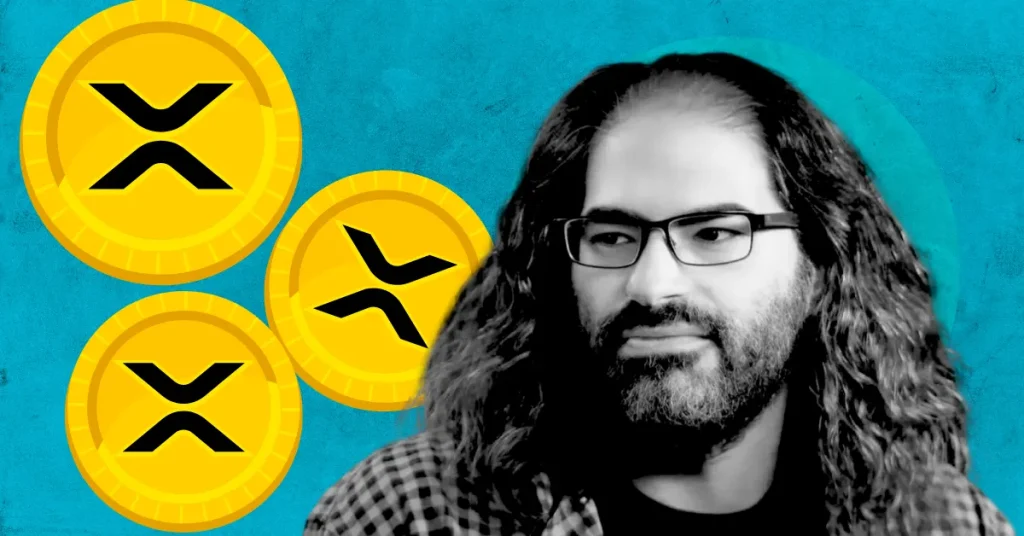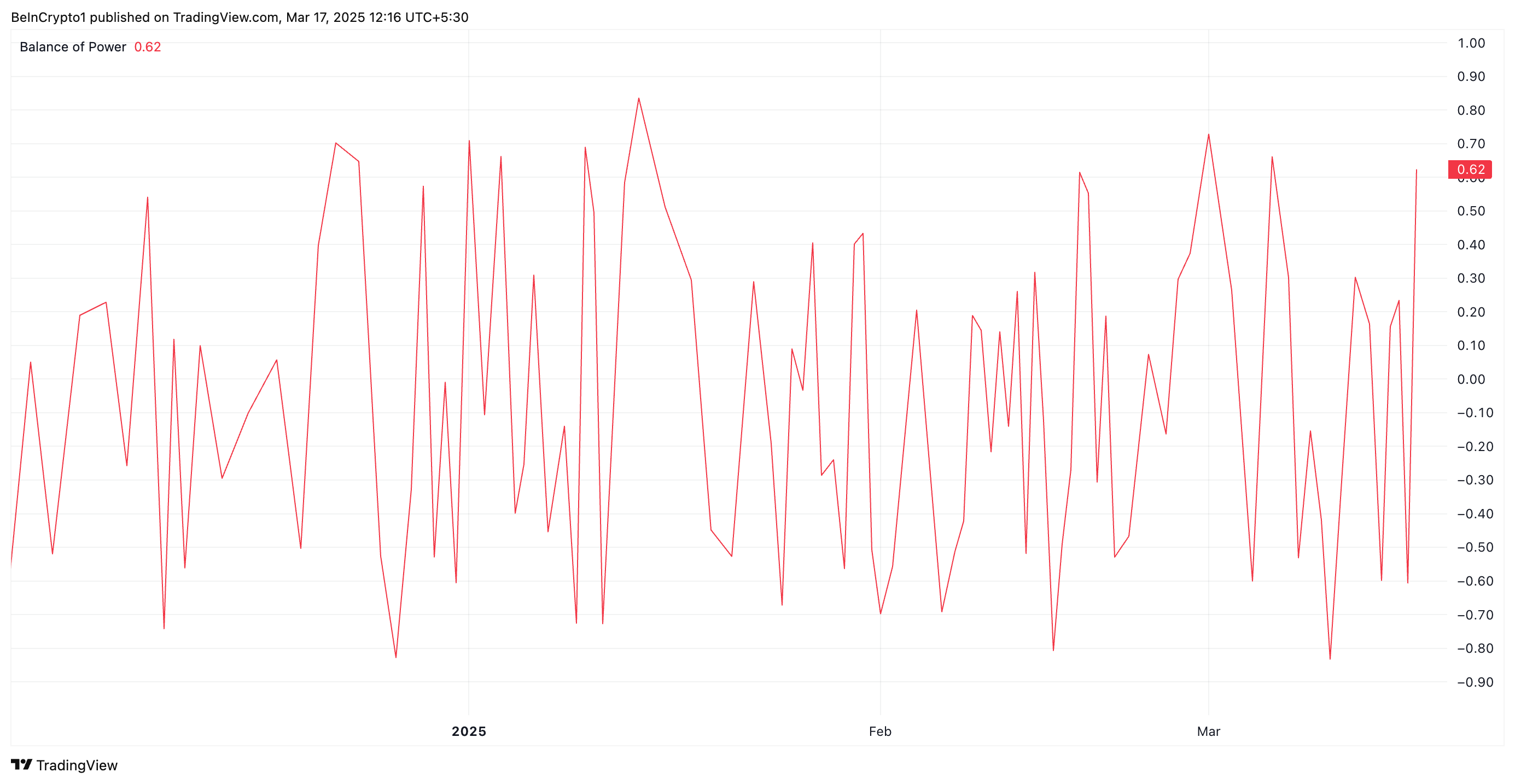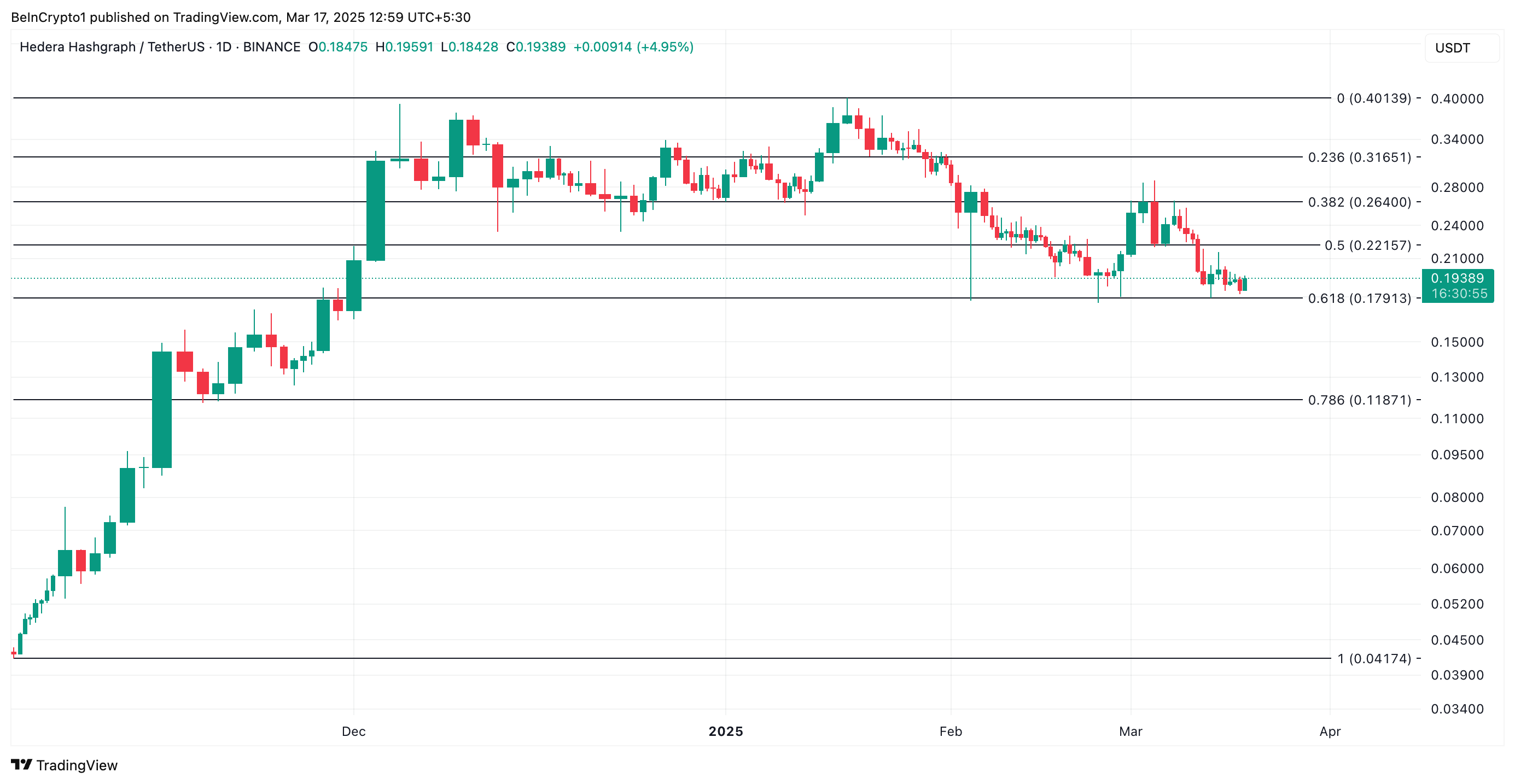
The post Ripple CTO Drops Rare Look at XRP’s Early Days, Community Reacts appeared first on Coinpedia Fintech News
Ripple’s Chief Technology Officer, David Schwartz, has just peeled back the curtain on a never-before-seen snapshot of XRP’s earliest days. In what began as a casual exchange on Twitter, Schwartz ended up revealing a raw and rare artifact: a real commit tree from Ripple’s foundational development – messy, multi-colored, and completely unpolished.
First glance, it’s nostalgic for the Ripple fans. But it’s also a glimpse into how one of crypto’s most controversial and high-profile blockchains was actually built.
Let’s dive in.
Time for a Header Swap!
It all started when a user poked fun at Schwartz’s long-standing Twitter header – a dramatic quote about Ripple battling the legacy financial system.
Rather than brushing it off, Schwartz leaned in. He asked the community to suggest new banner images and casually dropped four options. One stood out immediately: a chaotic, spaghetti-like commit diagram that looked more like abstract expressionism than structured code.
The reaction was instant. When asked what the image was, Schwartz responded:
“That’s a real portion of the commit tree for rippled. It was carefully chosen to look as bad as possible.”
He then added a detail that offered a rare look into how Ripple’s protocol was actually shaped:
“Because Arthur and I coordinated frequently, we also pushed commits very frequently, even if they didn’t compile, so we could talk about what we were doing at that moment.”
Ripple Built XRP in Real-Time Chaos
In the early days, Ripple’s codebase wasn’t a polished, version-controlled product. It was a chatroom for rapid-fire collaboration. Schwartz and co-founder Arthur Britto often committed incomplete code just to keep pace with one another.
The logs from this chaotic phase show usernames like JoelKatz (Schwartz), Britto, and MJK.
Schwartz noted that the commit stretch in the image was particularly unruly because both he and Britto were modifying nearby components at the same time – a scenario they usually tried to avoid.
A Rare Glimpse Into Real Engineering
Ripple is usually in the news for its legal battles or big partnerships. But this glimpse takes us back to when things were a lot simpler and a lot messier.
For XRP supporters, this snapshot is a reminder of how the project really began – built fast, with barely any structure, by a small team trying to make something new.
Love it when the crypto community keeps it real!
The post Ripple CTO Drops Rare Look at XRP’s Early Days, Community Reacts appeared first on Coinpedia Fintech News
Ripple’s Chief Technology Officer, David Schwartz, has just peeled back the curtain on a never-before-seen snapshot of XRP’s earliest days. In what began as a casual exchange on Twitter, Schwartz ended up revealing a raw and rare artifact: a real commit tree from Ripple’s foundational development – messy, multi-colored, and completely unpolished. First glance, it’s …








 (@X__Anderson)
(@X__Anderson)